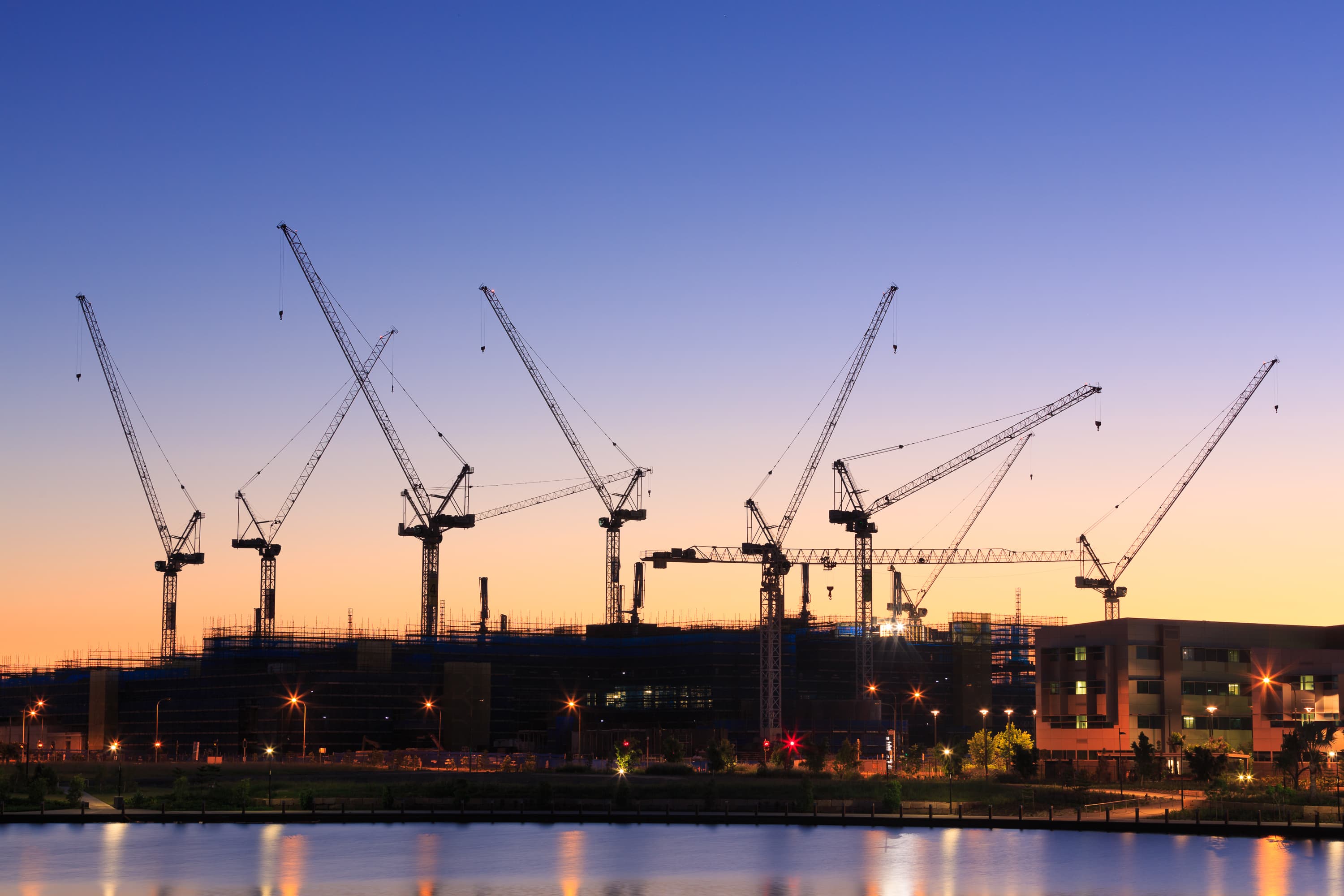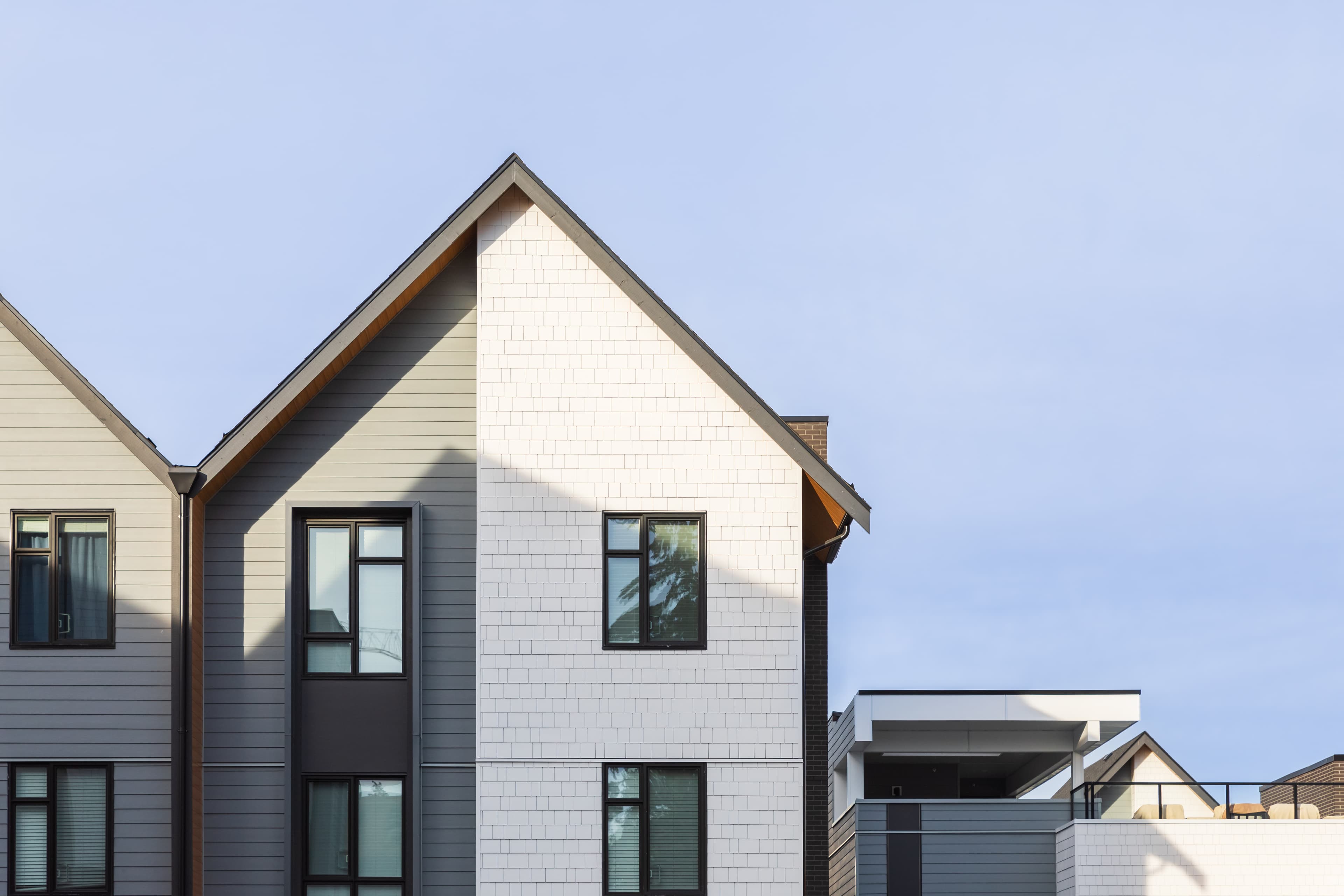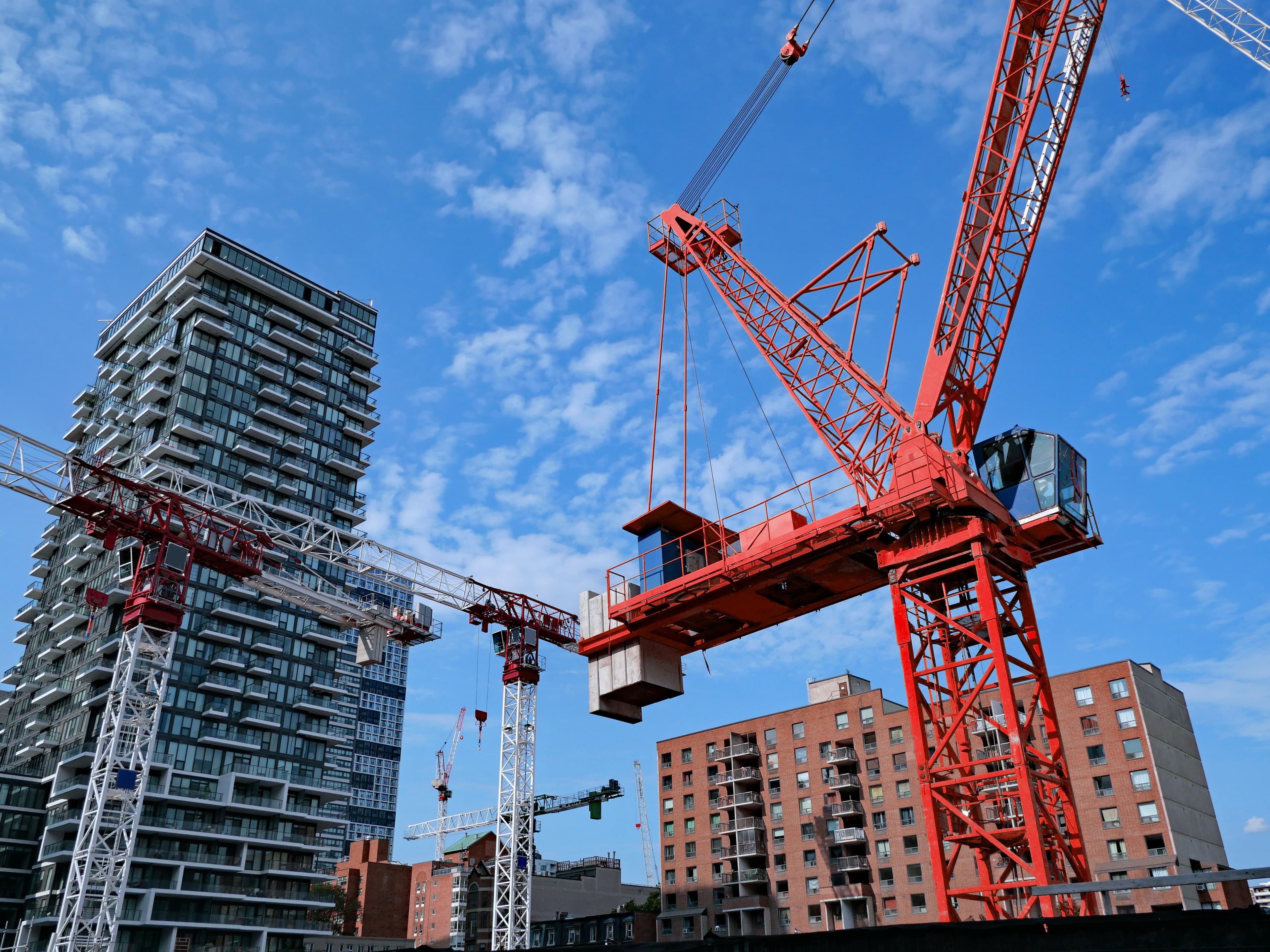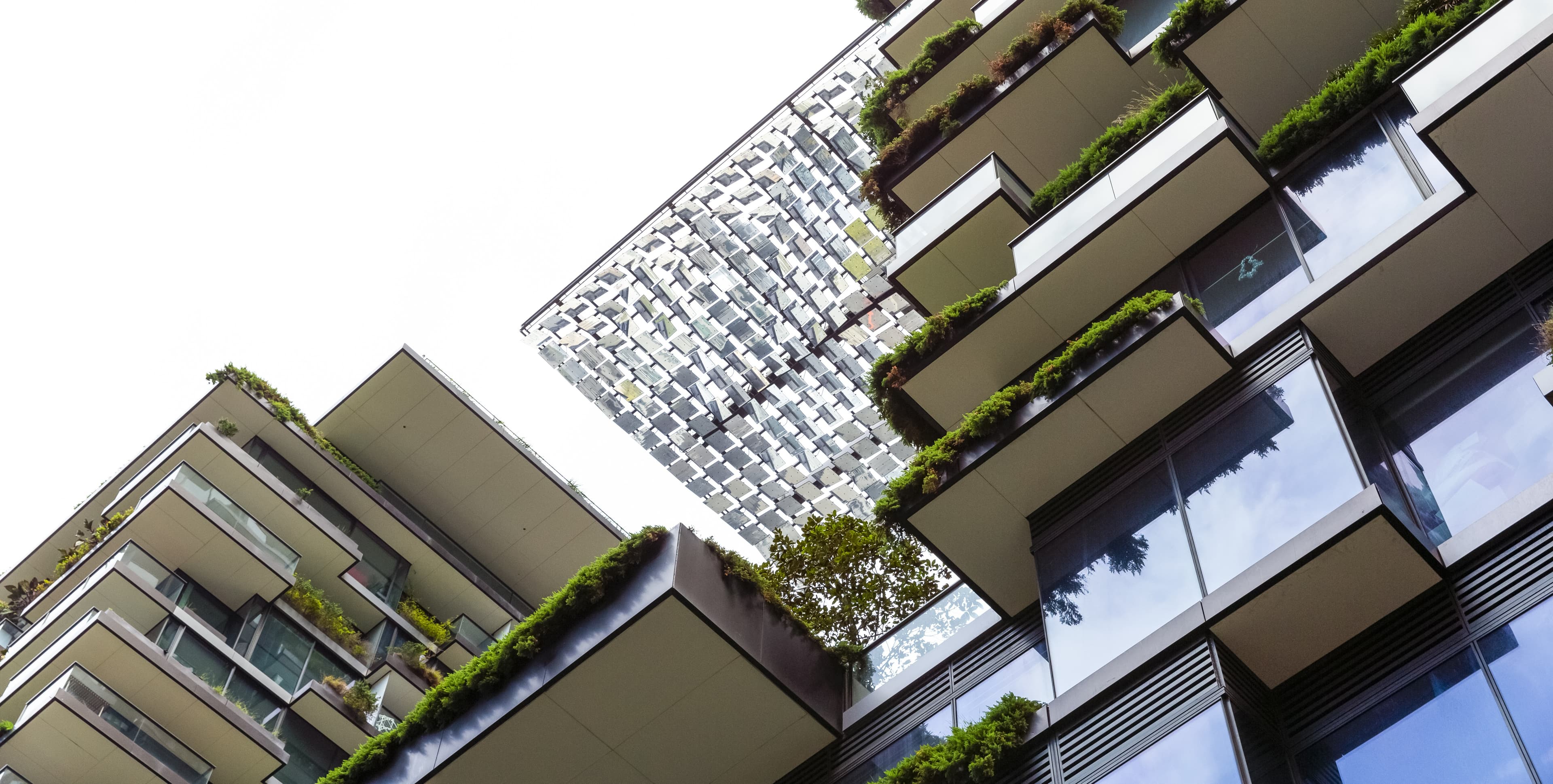The worst may be over for rising construction costs, but there is still upward pressure

Key highlights
Inflation drove costs higher for everyone last year, including the construction industry. As we shift our focus to the remainder of 2023, cost trajectories still remain uncertain.
The efforts made by central banks throughout the world to reduce inflation may mean further interest rate hikes, and the high cost of capital is expected to impact the construction industry.
Decarbonization and other environmental goals may increase soft costs for contractors, especially as nations mandate sustainability goals for the built environment.
The traditional cost concerns relating to construction, materials, and labor continue to persist.
No part of the global construction industry has been spared the hard economic knocks of the last few years, with inflation especially driving up the cost of construction inputs and squeezing margins worldwide.
The efforts by central banks to put a lid on inflation – which have consequences of their own for the construction industry – might be working. Costs aren't expected to accelerate as much in 2023 as they did last year for the construction industry, but they are still rising, and the industry is still struggling to adjust, according to Marlon Bray, Senior Director of Altus Group's Development Advisory in Canada. “We have had different degrees of pain, depending on the location,” he shares.
The impact of inflation differs across regions, with some countries suffering worse than others. For example, recent inflation rates have been over 10% annually in the UK and around 6% in the United States, the EU, and Australia, and a little less in Canada, while a few countries have seen less than 5%, such as China. In most countries, inflation has been trending down in recent months, but it is still higher than before the pandemic.
“Cost escalations had been running into double digits, and while it has actually started to back off, there's always that specter of what's next and whether we’ll see cost spikes in the industry in the future,” said Altus' Niall McSweeney, President of Development Advisory in Asia Pacific.
The cost of debt
Construction costs in 2023 may not fall victim to the volatile trajectories set in motion in 2022, but the cost of debt is admittedly a wild card globally. After a long period of low interest rates – essentially zero in a lot of places – 2022 and early 2023 saw significant spikes, to the tune of nine consecutive hikes in the United States, 11 hikes in the UK, seven hikes in Canada and six hikes in the euro-zone. In the wake of these fluctuations, interest rates in most places are now higher than they have been in about 15 years.
Depending on the course of inflation, interest rates might continue to rise, but other factors might prevent that. The failure of two US banks in March has prompted speculation that the US Federal Reserve might pause further rate hikes, but it is impossible to know what the central bank will do.
“We're seeing developers take a cautious approach at large, in response to higher interest rates,” Altus Director Faris Rehman, from the US said. That has the potential to further drive down demand for construction, though as yet the impact has been muted in places that are still short of residential properties, as is most of the Western world.
The cost of debt translates to a direct cost for construction companies looking to borrow money, and it also has an indirect and strong impact on the health of the industry as a whole. Developer financed projects are most vulnerable to the impact of high interest rates, and even projects under construction may face the same stress. If rates keep rising, fewer development deals are going to make sense, which might dampen demand for construction further.
Soft costs
Another concern for contractors is soft costs. Hard costs include materials and labor, which can sometimes be mitigated by sourcing materials or locking in pay rates well in advance of a project. Soft costs, on the other hand, are the other expenses involved in a construction project that do not involve the physical construction, such as engineering, permits, marketing and project management expenses. These costs, in particular, can be hard to predict or mitigate, especially when they take the form of new regulations. It’s also important to note that soft costs vary wildly around the world, and in some places are seeing unexpected jumps. One example of rising soft costs with a strong potential to further impact the construction industry stems from the increasing effort to decarbonize economies and otherwise protect the natural environment. The push to make buildings and the construction process more sustainable will likely mean higher costs for the industry, both in the short- and long term.
A 2022 survey by NAHB (National Association of Home Builders) and NMHC (National Multi-family Housing Council) reported that 40.6% of the cost of multi-family development in US is attributed to complying with regulations by all levels of governments. Of this 11.1% is directly attributed to changes to building codes over the past 10 years. The buildings codes are now used to promote public policies like energy efficiency and sustainability and this trend will continue to be an important topic with additional cost implications. Much depends on the evolving regulations regarding construction, with some parts of the world – such as Europe and Canada – pursuing a greener built environment more aggressively than other places. However, the impetus is there for increased regulation, according to McKinsey, Construction has a major impact on the environment through many channels, including the significant amount of waste generated (600 million US tons of construction waste in the United States alone in 2018), high water consumption and air pollution.
Hard costs
Along with the threat of continued inflation, and the potential for higher soft costs, the traditional construction cost worries posed by materials and labor haven't gone away, though some materials prices have moderated recently. Notably, the procurement of materials is made more complex by the lingering problems of the international supply chain system. The system took a beating beginning in 2020, resulting in wild materials price fluctuations and shortages in many parts of the world. Australia, for instance, was particularly hard hit just after the worst of the pandemic, with its worst materials shortages in 40 years.
Although the crux of the supply chain challenges that emerged in 2020 have since subsided, the pandemic proved just how fragile the system is – even now. Post pandemic, the construction industry continues to grapple with a sense of uncertainty that didn't exist prior to 2020.There are also potential shortages of sustainable tech as governments and corporations push toward a more sustainable built environment. For example, highly efficient heat pumps might be mandated faster than they can be produced over the coming years, which would put upward pressure on their price.
North America and Europe also face chronic labor shortages in the construction industry, which are putting upward pressures on costs. The prospect isn't likely to improve, especially in countries like the United States, that have embarked on massive rounds of infrastructure spending. These projects, which are now getting underway, will compete for an already slender pool of skilled workers, driving wages up.
Authors

Faris Rehman
Director, Cost & Project Management

Niall McSweeney
Head of Development Advisory, Asia-Pacific
Authors

Faris Rehman
Director, Cost & Project Management

Niall McSweeney
Head of Development Advisory, Asia-Pacific
Resources
Latest insights






